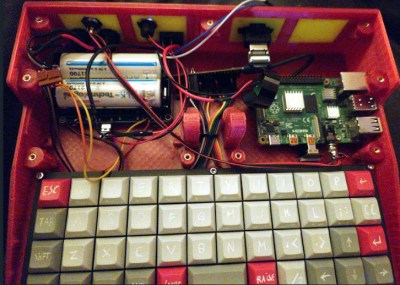The world is tough and uncaring sometimes, especially if you’re at home tinkering with HP Enterprise equipment. If you’re in the same boat as [Neel Chauhan], you might have found that HPE is less than interested in interacting with small individual customers. Thus, when a cable was needed, [Neel] was out of luck. The simple solution was to assemble a substitute one instead!
[Neel] had a HPE ProLiant ML110 Gen11 server, which was to be used as network-attached storage (NAS). Unfortunately, it was bought as an open box, and lacked an appropriate serial-attached SCSI (SAS) cable. Sadly, HPE support was of no assistance in sourcing one.
SlimSAS LP x8 to dual MiniSAS x4 cables aren’t easy to find from anyone else, it turns out. Thus, [Neel] turned to Amazon for help sourcing a combination of parts to make this work. A SlimSAS LP 8X to 2x MiniSAS SFF-8643 cable was used, along with a pair of Mini SAS SFF-8087 to SAS HD SFF-8643 female adapters. From there, SFF-8087 cables could be used to hook up to the actual SAS devices required. The total cost? $102.15.
The stack of cables and adapters looks a bit silly, but it works—and it got [Neel]’s NAS up and running. It’s frustrating when you have to go to such lengths, but it’s not the first time we’ve seen hackers have to recreate obscure cables or connectors from scratch! What’s the craziest adapter salad you’ve ever made?


















